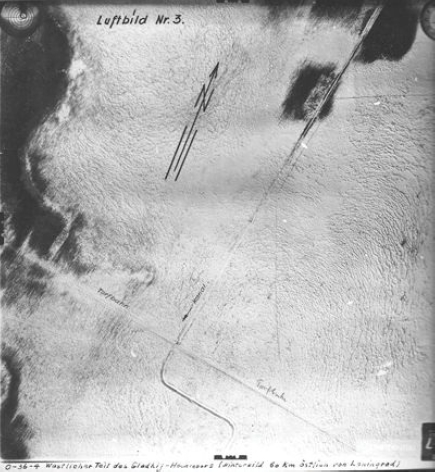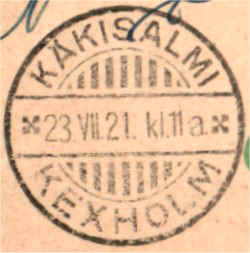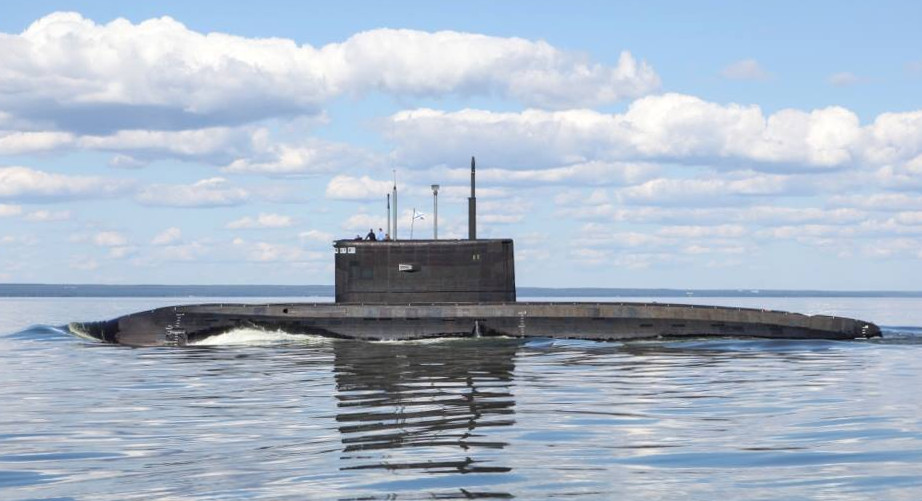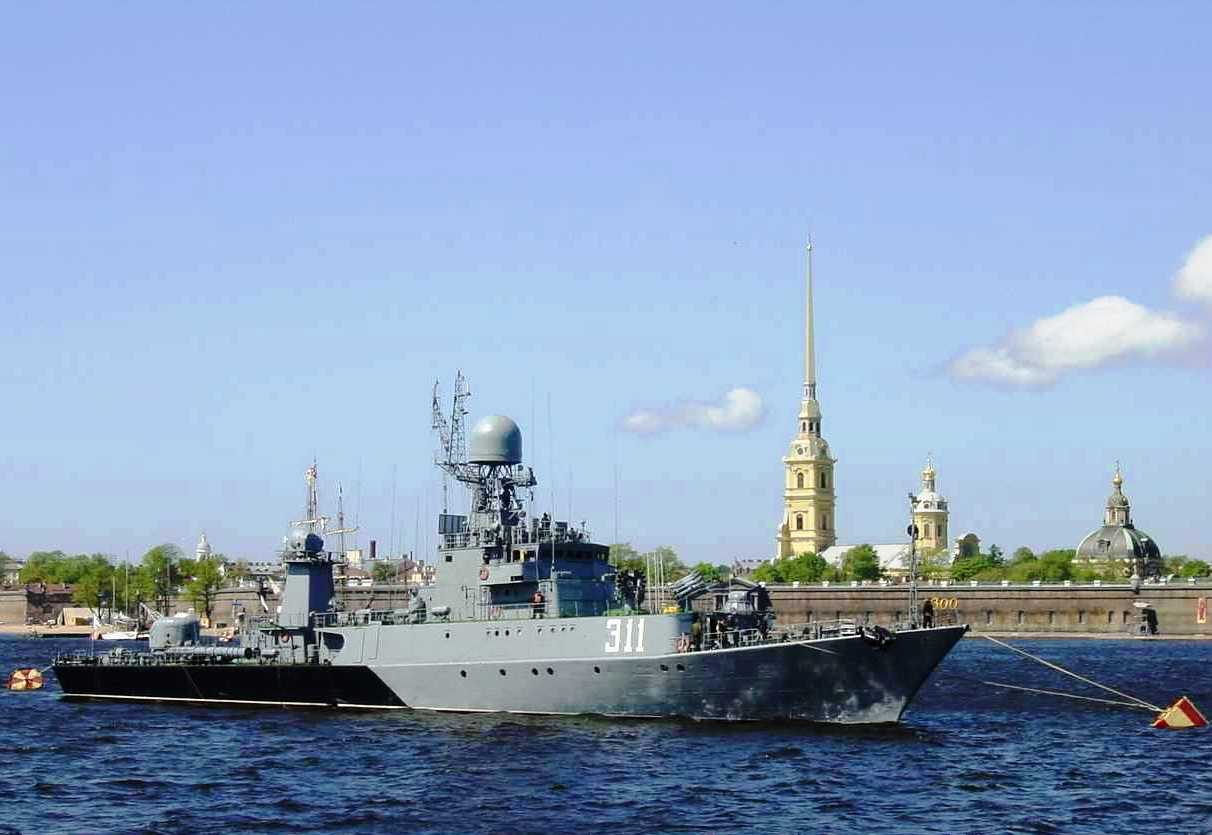|
Leningrad Naval Base
The Leningrad Naval Base is part of the Baltic Fleet of the Russian Navy. History The Naval base was created on the basis of Order No. 117 as of March 15, 1919 of the Baltic Sea Fleet. The Naval Forces of Petrograd were transformed by the order into the Petrograd Naval Base. The Petrograd, then the Leningrad naval base has since that time been sometimes abolished, reformed and again created. In the summer of 1919, the crews of torpedo boats and , and also the submarine under command scored the first successes ('kills') for the base, sinking the submarine and the destroyer HMS ''Vittoria'' of the British Royal Navy. During the Great Patriotic War from the headquarters of the naval educational institutions and fleet units a sea defence of Leningrad and Lake area headquarters was created. About 100,000 military seamen fought on the Leningrad front. In 1941-1944 naval vessels of this base participated in carrying out of landing operations in areas Strelna, Peterhof, on Lake La ... [...More Info...] [...Related Items...] OR: [Wikipedia] [Google] [Baidu] |
Baltic Fleet
, image = Great emblem of the Baltic fleet.svg , image_size = 150 , caption = Baltic Fleet Great ensign , dates = 18 May 1703 – present , country = , allegiance = (1703–1721) (1721–1917) (1917–1922) (1922–1991)(1991–present) , branch = Russian navy , type = , role =Naval warfare; Amphibious warfare;Combat patrols in the Baltic;Naval presence/diplomacy missions in the Atlantic and elsewhere , size = c. 42 Surface warships (surface combatants, major amphibious units, mine warfare) plus support ships and auxiliaries 1 Submarine , command_structure = Russian Armed Forces , garrison = Kaliningrad (HQ)BaltiyskKronstadt , garrison_label = , nickname = , patron = , motto = , colors = , colors_label = , march = , mascot = , equipment = , equipment_label = , battles = Great Northern War * Battle of Stäket *Battle of Gangut Seven Years' War Russo-Swedish War (1788–1790) Russo-Turkish WarsCrimean War Russo-Japanese WarWorld War IRussian Civil War W ... [...More Info...] [...Related Items...] OR: [Wikipedia] [Google] [Baidu] |
Road Of Life
The Road of Life () was the set of ice road transport routes across Lake Ladoga to Leningrad during the Second World War. They were the only Soviet winter surface routes into the city while it was besieged by the German Army Group North under ''Feldmarschall'' Wilhelm Ritter von Leeb. The routes operated in the winters of 1941-1942 and 1942-1943. Construction and operation were performed under German artillery and aerial bombardment. In January 1943 the Soviet's Operation Iskra broke the encirclement, and the ice roads were used in conjunction with land routes for the remainder of the winter. The routes carried supplies necessary to sustain life and resistance inside the Leningrad pocket, and evacuated non-combatants, wounded, and industrial equipment. Over 1.3 million people, primarily women and children, were evacuated over the roads during the siege . The Road of Life is now a World Heritage Site. History The blockade forms On 8 September 1941, Army Group North captured ... [...More Info...] [...Related Items...] OR: [Wikipedia] [Google] [Baidu] |
Aleksandr Fedotenkov
Aleksandr Nikolaevich Fedotenkov (russian: Александр Николаевич Федотенков; born 7 January 1959) is a former officer of the Russian Navy. He holds the rank of Vice-Admiral, and was deputy commander of the Russian Navy. Career Fedotenkov was born on 7 January 1959 in Seltso, Bryansk Oblast, then part of the Russian SFSR in the Soviet Union. He attended the , graduating in 1981, and going on to serve in the Northern Fleet. Here he rose through the ranks from a laboratory engineer to senior assistant commander of a submarine. He took the , graduating in 1992, and in 1993 took command of the Project 671RTM/RTMK ''Shchuka'' nuclear attack submarine ''B-524''. This was followed with an appointment as deputy commander of the 33rd Submarine Division of the Northern Fleet. Fedotenkov graduated with honours from the N. G. Kuznetsov Naval Academy in 2000, and from then until 2002 served as chief of staff of the 7th Submarine Division of the Northern Fleet, a ... [...More Info...] [...Related Items...] OR: [Wikipedia] [Google] [Baidu] |
Priozersk
Priozersk (russian: Приозе́рск; fi, Käkisalmi; sv, Kexholm) is a town and the administrative center of Priozersky District in Leningrad Oblast, Russia, located at the northwestern shore of Lake Ladoga, at the estuary of the northern armlet of the Vuoksi River on the Karelian Isthmus. It is served by a station of the same name on the St. Petersburg—Khiytola railway. Population: History The main landmark of Priozersk, the Korela Fortress, has historically been the center for the Karelians of the Karelian Isthmus and from time to time the northwestern outpost of the realm of the Russians or the eastern outpost of the realm of the Swedes. From the Middle Ages, Priozersk was known as Korela to Russians and Käkisalmi to Karelians and Finns. The town was a part of Vodskaya pyatina of the Novgorod Republic. Novgorod taxation documents from 1500 list 183 houses in Korela, suggesting an estimated population of 1,500–2,000. The Swedes captured Korela twice: i ... [...More Info...] [...Related Items...] OR: [Wikipedia] [Google] [Baidu] |
Russian Submarine Sankt Peterburg (B-585)
B-585 ''Sankt Peterburg'' (russian: Б-585 «Санкт-Петербург»; named after Saint Petersburg) is the lead boat of the s of the Russian Navy. The Lada class is the fourth generation of diesel-electric submarines designed and constructed in the former Soviet Union and Russia to replace the . Construction of the boat started in December 1997, and she was launched in October 2004. After undergoing a series of sea trials, ''Sankt Peterburg'' was commissioned in May 2010. However, the Russian Navy decided not to accept the St. Petersburg class after it was discovered that the boat's propulsion and sonar systems were inadequate. After design corrections the submarine was accepted. In 2014, ''Sankt Peterburg'' joined the Northern Fleet. Background and construction ''Sankt Peterburg'' is first boat of Rubin Design Bureau's Lada class, of which a total of eight were expected to be procured by the Russian Navy. A less capable version, the , is marketed for export. Designed ... [...More Info...] [...Related Items...] OR: [Wikipedia] [Google] [Baidu] |
Lada-class Submarine
Lada class, Russian designation Project 677 ''Lada'' (russian: Лада, meaning " Lada", NATO reporting name St. Petersburg) is the new advanced class of diesel-electric attack submarine designed by the Russian Rubin Design Bureau. A program to develop a "fourth generation" diesel-electric submarine, it aimed to produce a highly improved version of the Project 636 with better acoustic signature, new combat systems and possibly air-independent propulsion. However, in 2019, Alexander Buzakov, the head of the Admiralty Shipyard, indicated that there were no plans to equip the Lada class with an air-independent propulsion system. In July 2022 it was reported that work on an electrochemical generator to produce hydrogen from diesel fuel and oxygen was continuing and that the Rubin Central Design Bureau signed a new contract in 2019 to continue work. This was scheduled to be completed by the mid-2020s. History The lead boat of the class, named , was launched in October 2004 and b ... [...More Info...] [...Related Items...] OR: [Wikipedia] [Google] [Baidu] |
Kilo-class Submarine
The Kilo class, Soviet designation Project 877 ''Paltus'' (russian: Па́лтус, meaning "halibut"), NATO reporting name Kilo, is a class of diesel-electric attack submarines originally designed in the 1970s and built in the Soviet Union for the Soviet Navy. The initial version of Kilo submarines entered operational service in 1980 and were built until the mid-1990s. Production was switched to the more advanced Project 636 ''Varshavyanka'' (russian: Варшавянка, meaning " Varsovian (inhabitant of Warsaw; feminine)") variant in the mid-1990s, also known as Improved Kilo class in the West. Role These attack submarines are mainly intended for anti-shipping and anti-submarine operations in relatively shallow waters. Original Project 877 boats are equipped with Rubikon MGK-400 sonar system (with NATO reporting name Shark Gill), which includes a mine detection and avoidance sonar MG-519 Arfa (with NATO reporting name Mouse Roar). Newer Project 636 boats are ... [...More Info...] [...Related Items...] OR: [Wikipedia] [Google] [Baidu] |
Kazan
Kazan ( ; rus, Казань, p=kɐˈzanʲ; tt-Cyrl, Казан, ''Qazan'', IPA: ɑzan is the capital and largest city of the Republic of Tatarstan in Russia. The city lies at the confluence of the Volga and the Kazanka rivers, covering an area of , with a population of over 1.2 million residents, up to roughly 1.6 million residents in the urban agglomeration. Kazan is the fifth-largest city in Russia, and the most populous city on the Volga, as well as the Volga Federal District. Kazan became the capital of the Khanate of Kazan and was conquered by Ivan the Terrible in the 16th century, becoming a part of Russia. The city was seized and largely destroyed during Pugachev's Rebellion of 1773–1775, but was later rebuilt during the reign of Catherine the Great. In the following centuries, Kazan grew to become a major industrial, cultural and religious centre of Russia. In 1920, after the Russian SFSR became a part of the Soviet Union, Kazan became the capital of the Tat ... [...More Info...] [...Related Items...] OR: [Wikipedia] [Google] [Baidu] |
Captain Lieutenant
Captain lieutenant or captain-lieutenant is a military rank, used in a number of navies worldwide and formerly in the British Army. Northern Europe Denmark, Norway and Finland The same rank is used in the navies of Denmark (), Norway () and Finland ( fi, kapteeniluutnantti; sv, Kaptenlöjtnant). In Denmark and Norway, the higher rank is Ship-of-the-line captain ( da, Orlogskaptajn; no, Orlogskaptein), and the lower rank is First lieutenant () in Denmark and Lieutenant () in Norway. Latvia, Lithuanian and Estonia In the Estonian Navy the similarly sounding rank of ''kaptenleitnant'' is an officer rank classified as NATO OF-4, i.e. equal to commander in the Royal Navy and United States Navy. As the commander of the Estonian Navy is a captain, this is the de facto second highest rank in the Estonian Navy. Sweden A captain lieutenant (''Kaptenlöjtnant'') was in Sweden an officer standing between captain and lieutenant, who commanded one of the companies, which actually had th ... [...More Info...] [...Related Items...] OR: [Wikipedia] [Google] [Baidu] |
Parchim Class Corvette
The Parchim-class corvette, Soviet designation Project 1331M, was developed for the East German Navy in the late 1970s, and built by the Wolgast Peene-Werft. The ships were designed for coastal anti-submarine warfare. In case of an all-out NATO-Warsaw Pact war in Europe their prime targets would have been the small U-206 coastal submarines of the West German navy. The first ship, ''Wismar'' (now the Indonesian KRI ''Sutanto''), was launched on 9 April 1981 in Rostock, and subsequently another 15 ships were built until 1986. To make production more economical, the Soviet Union agreed to purchase another 12 ships from Wolgaster Peenewerft built between 1986 and 1990, thereby effectively subsidising the East German shipbuilding industry. The ships of the Soviet Navy were named Parchim II by NATO. Though useful as a coastal ASW platform, the Soviet production of the similar but far more powerful made this purchase even more illogical for the Soviet Navy. After German re-unification ... [...More Info...] [...Related Items...] OR: [Wikipedia] [Google] [Baidu] |
Sergey Pinchuk
Sergei Mikhailovich Pinchuk (russian: Сергей Михайлович Пинчук; born 26 July 1971) is an officer of the Russian Navy. He currently holds the rank of vice-admiral, and is deputy commander in chief of the Black Sea Fleet. Career Pinchuk was born on 26 July 1971 in Sevastopol, then part of the Ukrainian SSR, in the Soviet Union. His father, Mikhail Fedorovich Pinchuk, was also a naval officer, who commanded the Kynda-class cruiser ''Groznyy'', and served as the deputy commander of the Baltic Fleet for rear services, reaching the rank of ''kontr-admiral'' during his career. Sergei attended the Nakhimov Naval School in Saint Petersburg, graduating in 1988 and entering the in Sevastopol. Pinchuk's initial service as an officer was spent with the Baltic Fleet, where from 1993 he commanded the anti-aircraft missile battery aboard the fleet's flagship, the ''Sovremenny''-class destroyer ''Nastoychivy''. Over a period of several years he rose through the ranks, ... [...More Info...] [...Related Items...] OR: [Wikipedia] [Google] [Baidu] |
Captain (naval)
Captain is the name most often given in English-speaking navies to the rank corresponding to command of the largest ships. The rank is equal to the army rank of colonel and air force rank of group captain. Equivalent ranks worldwide include ship-of-the-line captain (e.g. France, Argentina, Spain), captain of sea and war (e.g. Brazil, Portugal), captain at sea (e.g. Germany, Netherlands) and " captain of the first rank" (Russia). The NATO rank code is OF-5, although the United States of America uses the code O-6 for the equivalent rank (as it does for all OF-5 ranks). Four of the uniformed services of the United States — the United States Navy, United States Coast Guard, United States Public Health Service Commissioned Corps, and National Oceanic and Atmospheric Administration Commissioned Officer Corps — use the rank. Etiquette Any naval officer who commands a ship is addressed by naval custom as "captain" while aboard in command, regardless of their actual rank, even ... [...More Info...] [...Related Items...] OR: [Wikipedia] [Google] [Baidu] |





